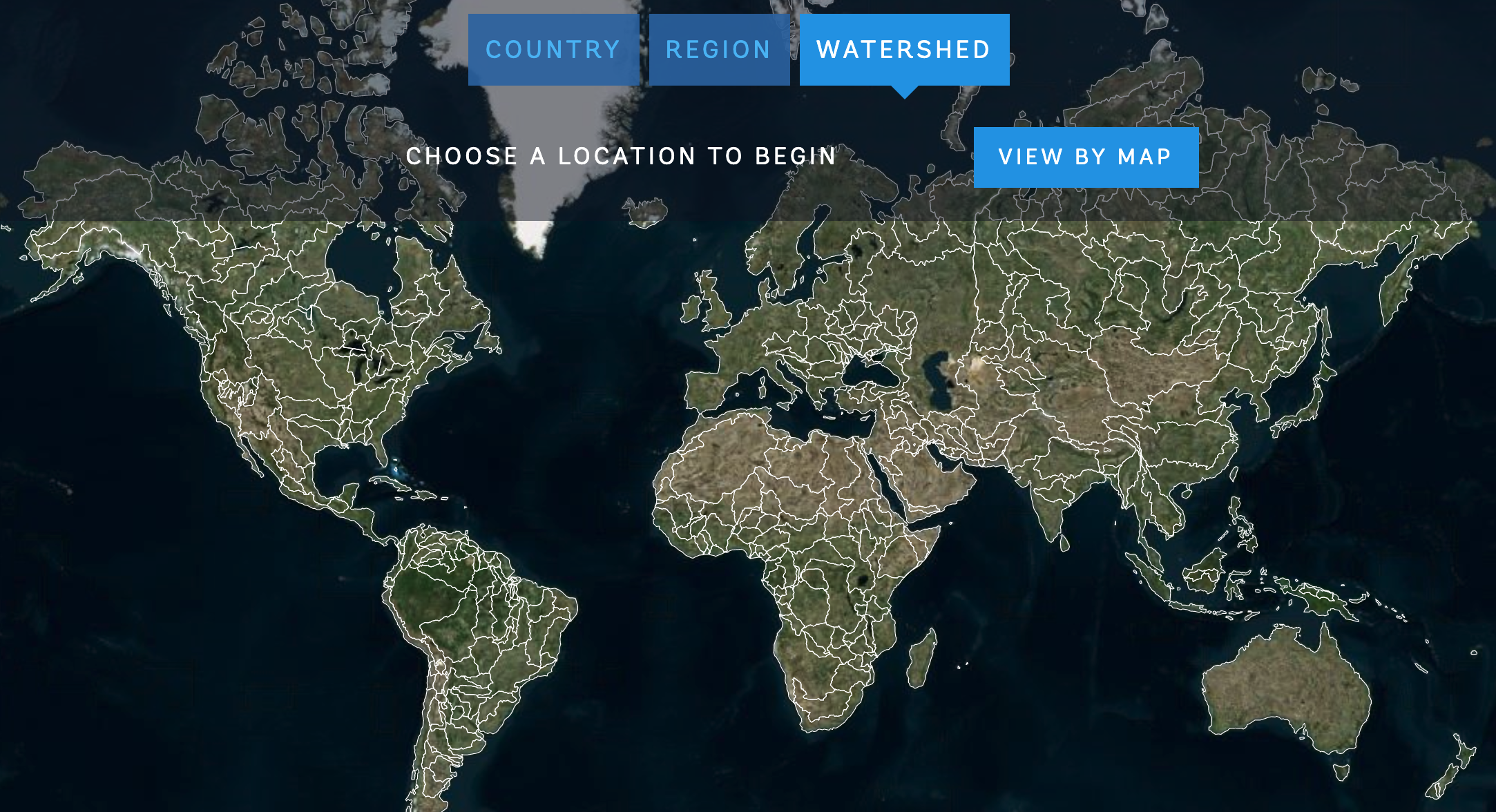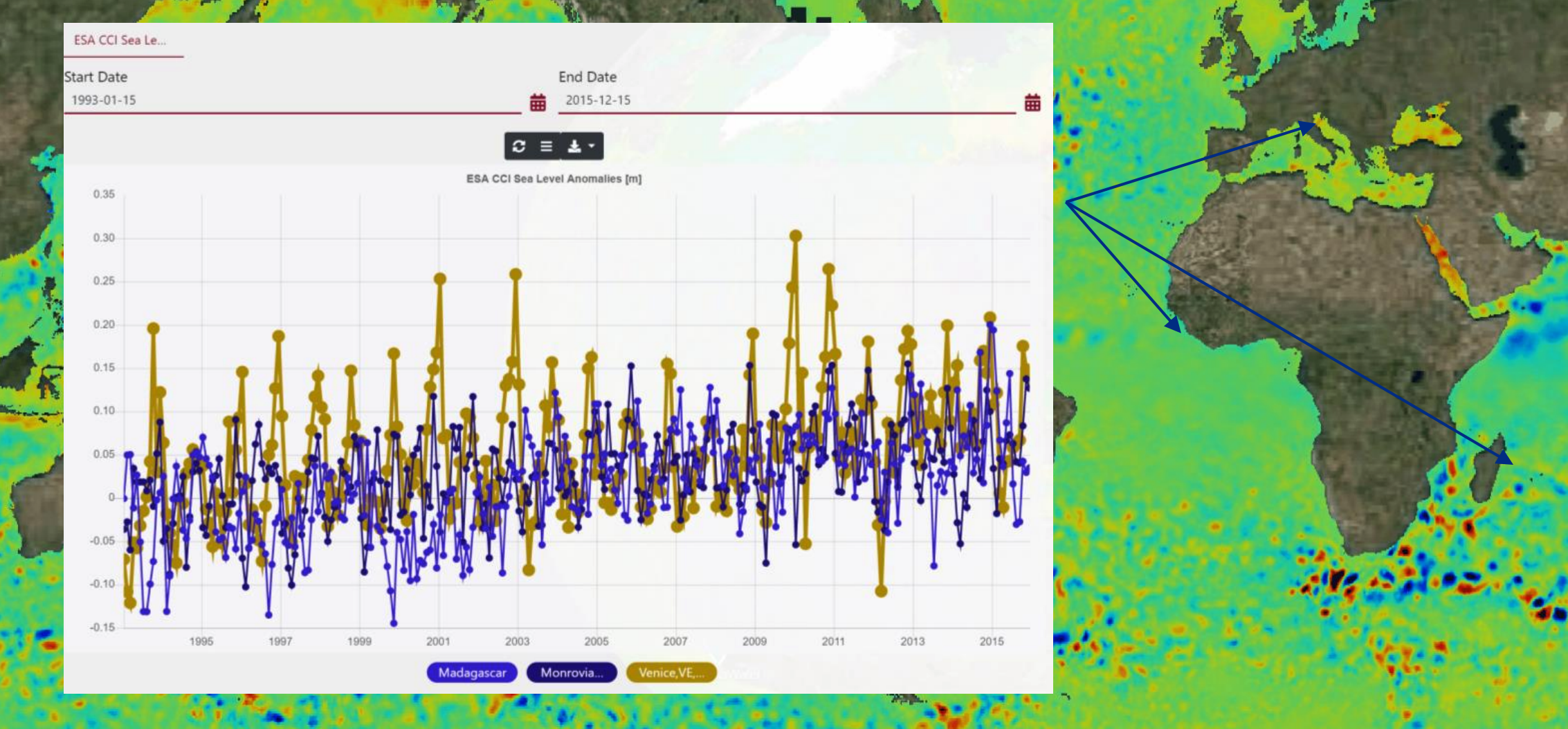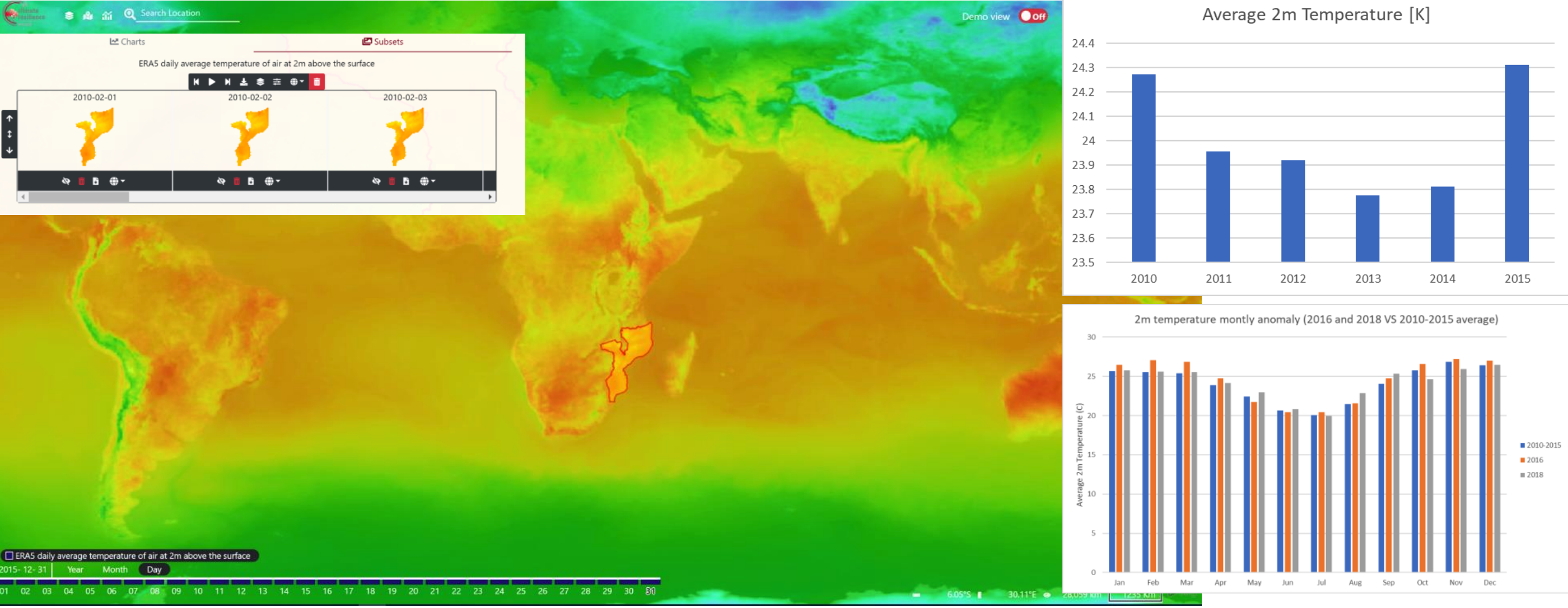Some of the most well-known and established climate change data platforms and tools are being further enhanced by integrating Earth Observation (EO) data. Through an ongoing collaboration between several International Finance Institutions (IFIs) and the European Space Agency’s Earth Observation for Sustainable Development Climate Resilience (EO4SD CR) cluster, Earth Observation products are in process to be integrated into platforms including the World Bank’s Climate Change Knowledge Portal, the International Finance Corporation’s (IFC) Risk Tools, Africa Risk Capacity’s (ARC) Africa RiskView, and the Inter-American Development Bank’s (IDB) Hydro-BID system.
The EO4SD CR cluster has been working with IFIs over the past year, to demonstrate how EO services can be applied to help build climate resilience. The cluster’s work has focussed on applying EO services to existing IFI investment projects, including Asian Development Bank projects in the Philippines and China, and World Bank projects in Liberia and Lake Victoria basin. Alongside these projects, the EO4SD CR cluster has also sought to add value to existing services and tools that IFIs use to help facilitate improved climate resilience decision making.
The World Bank’s Climate Change Knowledge Portal
One such initiative is the EO4SD CR cluster’s collaboration with the World Bank’s Climate Change Knowledge Portal (CCKP); one of the world’s most high-profile, publicly available climate change data platforms. The WB's CCKP provides global data on historical and future climate vulnerabilities and impacts. It is explorable through a web-based platform organised by ‘country’, ‘region’ and ‘watersheds’. The platform also includes socio-economic data to support climate resilient decision making.

Screenshot showing the map view of the CCKP organised by watershed. Source: World Bank’s Climate Change Knowledge Portal
The EO4SD CR cluster developed functions that would allow EO products to be served to the platform seamlessly when demanded by users. From a user perspective there is no difference in the operation of the CCKP, which simply draws down the data and serves it to the user. This has enabled the WB's CCKP to include climate data that was not previously available to its users including sea level anomaly data (1993-2015), 2-meter surface temperatures (1979-2018), and sea surface temperatures (1991-2018).
These EO-based Essential Climate Variables (ECV) are provided in both raster and time-series formats allowing for images and time-series data to be used and overlaid. As shown in the image below, the sea level anomaly data can be displayed as a map, and several data points can be selected and compared using time series data, showing clearly the levels of variation across different geographies.

Sea level anomaly time series data (1993-2015) for Madagascar, Monrovia (Liberia) and Venice (Italy).
With the 2m temperature data the EO service provides the full time series and can show temperature variability and averages, making it possible to compare different time periods against each other.

2m surface temperature for Mozambique with data from the years 2016 and 2018 compared against the 2010-2015 average.
Provision to other tools and services
As well as collaborating with the World Bank’s CCKP, the cluster is also providing EO data to climate resilience tools from other organisations, including:
- 1-day maximum precipitation data for a 20-year return level to the IFC’s Risk Tool.
- Soil moisture monitoring (1978-present), daily precipitation (2006-present) for Sub-Saharan Africa to ARC’s Africa Risk View tool.
- Algal pigment concentration for Ypacarai Lake (Paraguay), Titicaca Lake (Bolivia/Peru), and Panama Bay (Panama) 1997-2018 and wetland and water inventory for Pantanal (Brazil) to be integrated into IDB’s Hydro-Bid tool.
Over the next year, the cluster will continue to explore how EO services can be further integrated into existing climate risk portals and platforms. The work done so far indicates that there is a lot of potential for deploying EO services for climate resilience and using existing products provides a good opportunity for putting EO data to work in the near term.


